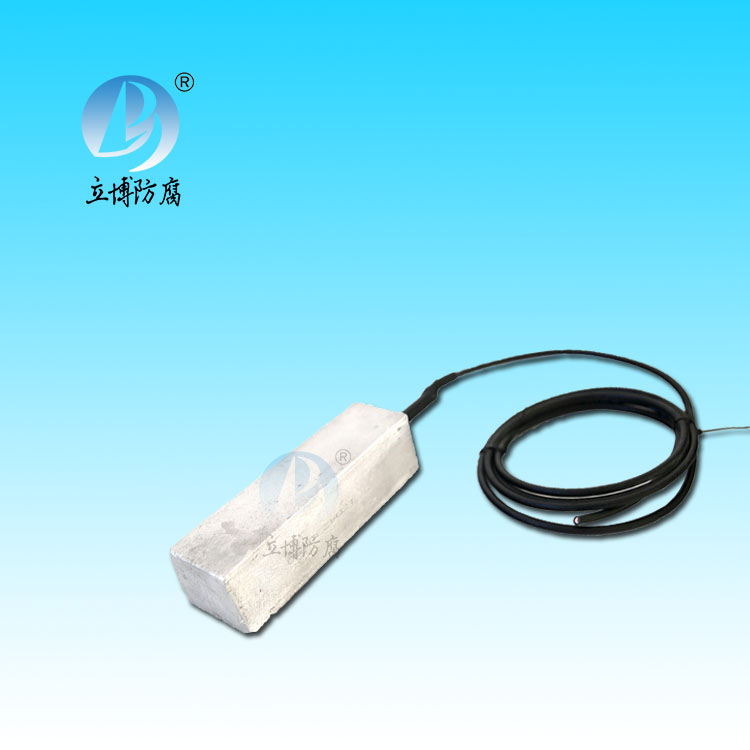News
News
- What is a sacrificial anode
- Basic requirements for reference...
- What does the reference electrode do...
- Why are zinc blocks attached to the ...
- What is the principle of impressed...
- What material does metal structure...
Contact
Phone:18739187123
hotline:0391-7588881
E-mail:970512272@qq.com
Address:Wuzhi County, Jiaozuo City, China
Industry News
Cathodic Protection Manual
- Author:Libo
- Source:wwww.catfishinglife.com
- Date:2021-06-11
- Click:0
Regional railroads, on the other hand, advocated direct current, which was linked to the problems with electric railroads in the United States. In 1900, the dispute went to the British Commission of Arbitration, because the advantage of communication systems was that they eliminated the problems that electric backflow had caused in the United States with public water and gas pipelines. This is the way to settle the dispute. He required the use of 600V direct current and insulated the laid return track from the train track [61]. The first serious electrolytic-induced corrosion damage occurred on the wrought iron pipe in the influence area of the trolley track in Brooklyn in 1887, and on the lead sheath of the telephone cable in Boston in the summer of 1891 [62]. So in the United States formed the earliest stray current phenomenon of the investigation committee, the committee's record [in Germany around the year 1890, about 100 using a direct current running trams lines, there are more than 500 in the United States, in 1981, only 33 in the former federal republic of Germany in the local area to run streetcar line, There were only 25 tram lines in the former GDR], and if there is a large potential difference between the pipeline and the tram track, the pipeline will be damaged if it is "positively charged and the current is prone to flow into the surrounding electrolyte environment". Flamin found through the experiment, the surface of the iron specimen in the potential of +0.5V, the current of 0.04a wet sand only A few days after the appearance of obvious corrosion. In 1895, E. Thomson installed the first direct discharge of stray current for a Brooklyn streetcar track in an attempt to return stray current directly to the track without harmful effects on the environment [63]. However, this sometimes caused stray current to surge so much that the lead seals on joints melted. As early as 1895, in the course of the electrification of the Azizhu tram track in Germany, after careful planning and research, the stray current discharge measures were installed on the auxiliary rectifier. But this protection is only effective in a relatively small area, because the resistance of the connector is so high that it cannot be extended to a larger area. Kalman published in 1899 a report on the control of stray current systems in electric railways (4). As early as 1894, the London Board of Trade under the British Department of Trade issued the British Electrical Railway Safety Regulations, which stated that if the track is negatively charged and the pipe is positively charged, the potential difference between the two should not exceed 1.5V, and if the track is positively charged, the potential difference between the two should not exceed 4.5V. Much research has also been done to reduce the risk of stray currents in soil by using metal connections between pipes and rails. However, as one scholar has put it, the result of conventional measures on these lines must be discouraging, for it carries the seeds of its own destruction "(64). The German journal of Gas Lighting mentions examples of electrolysis corrosion damage caused by dc cables in Berlin in 1892 and reports of electric current damage in 14 German cities a few years later.







 客服QQ
客服QQ